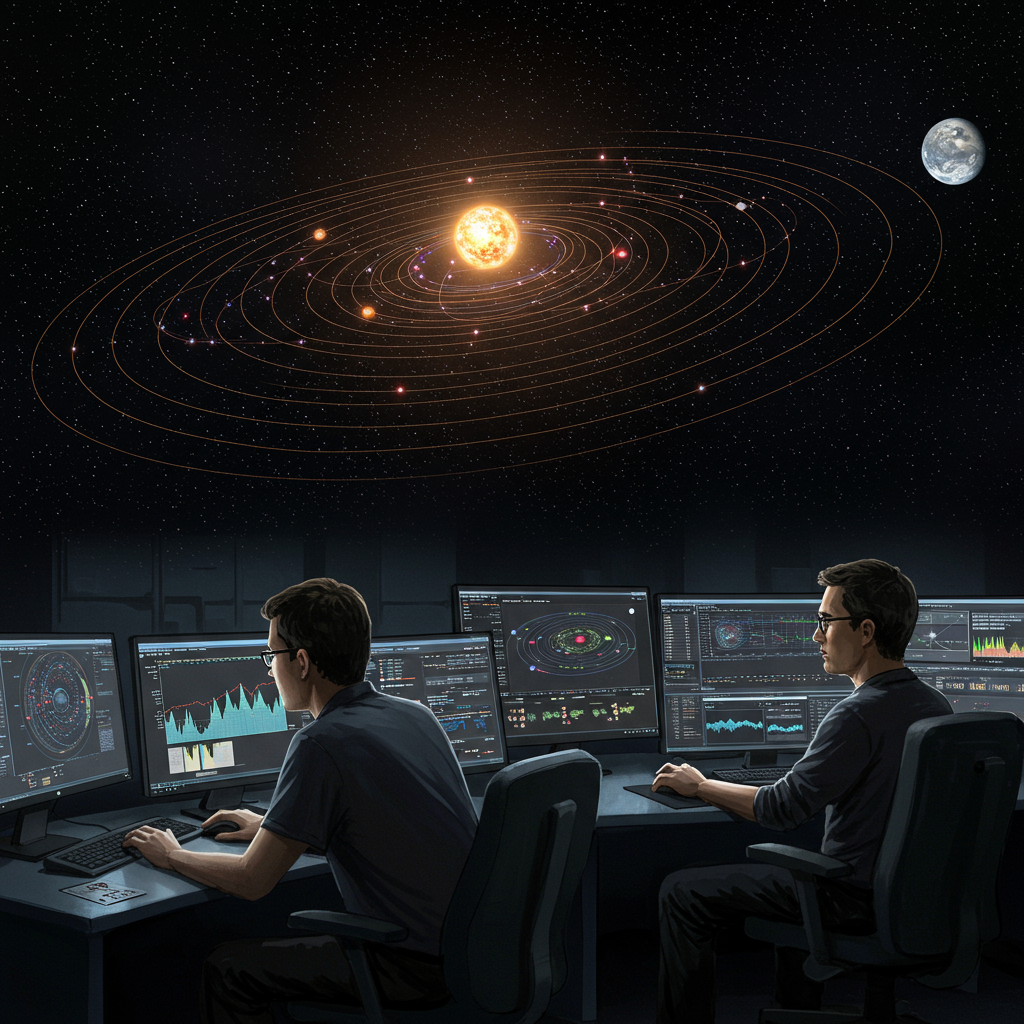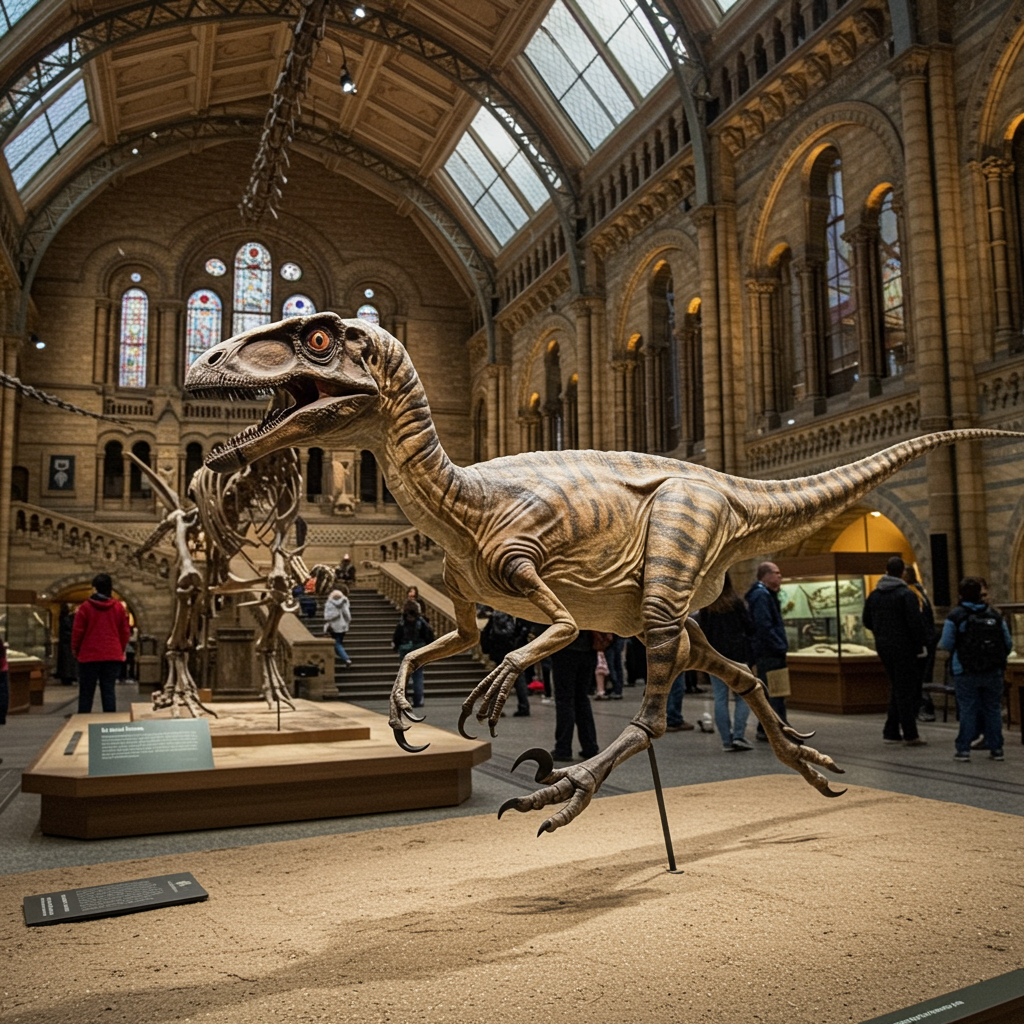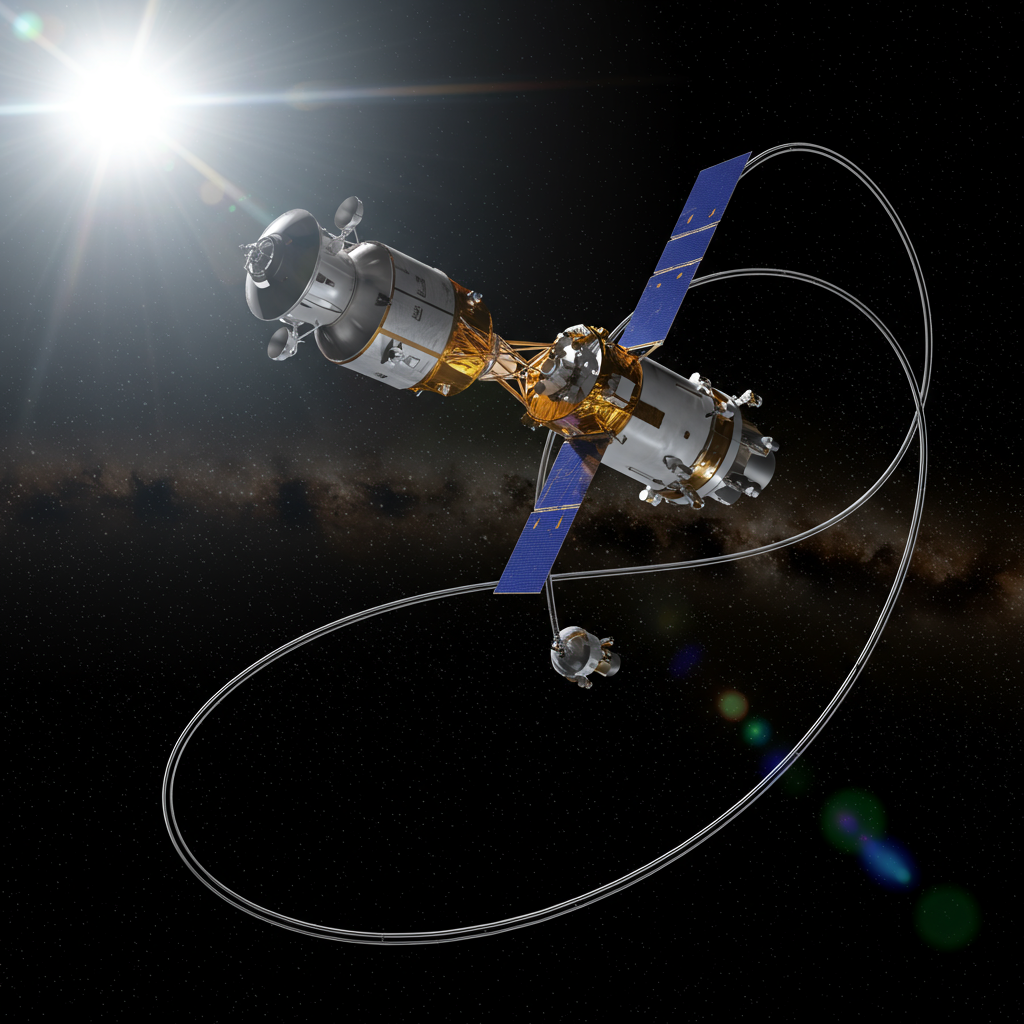For billions of years, the orbits of the planets in our solar system have seemed remarkably stable. Yet, new research suggests this long-held view may underestimate a subtle but significant threat from beyond our immediate neighborhood: passing stars.
A recent study published in the journal Icarus, led by astronomers Nathan Kaib and Sean Raymond, employed thousands of computer simulations to model the long-term stability of the solar system over billions of years. Unlike previous models that often treated our solar system in isolation, this research factored in the gravitational influence of stars passing relatively close by – known as stellar flybys.
Their surprising finding is that when accounting for these external gravitational tugs, the orbits of our planets and other objects like Pluto appear “significantly less stable” than traditional models suggest. In fact, they found that isolated models could underestimate the potential for future orbital changes among the giant planets by more than an order of magnitude.
How a Passing Star Could Cause Chaos
The study identifies passing field stars as the most probable trigger for instability within the solar system over the next four billion years. A close encounter with a star, particularly one that is slow-moving relative to the Sun (less than 10 kilometers per second) and comes within about 100 times the Earth-Sun distance (100 AU), can subtly perturb the delicate gravitational balance of the planetary system.
According to the research, the most vulnerable player in this scenario is Mercury. Even without external influences, Jupiter’s gravity already stretches Mercury’s orbit into a more oval shape. The simulations showed that a passing star can significantly worsen this effect, causing Mercury’s orbit to become highly elongated.
This stretched orbit dramatically increases the chance of Mercury colliding with either the Sun or Venus. This initial collision acts as a powerful trigger, setting off a chain reaction of “planetary chaos” throughout the inner solar system, home to the rocky planets: Mercury, Venus, Earth, and Mars.
Potential Grim Fates for Earth
Once this chaotic cascade begins, the simulations reveal several potential catastrophic outcomes for Earth. Sometimes, gravitational interactions could lead to Venus or Mars crashing directly into Earth. In other scenarios, the orbital disruption could send Earth spiraling inward to collide with the Sun. Another possibility is that Earth could be slingshotted outwards, potentially towards Jupiter. The immense gravity of the giant planet could then eject Earth entirely from the solar system into the cold void of interstellar space.
Putting the Risk in Perspective
While these possibilities sound alarming, the researchers are quick to emphasize that none of these “grim scenarios” for Earth are highly probable in absolute terms. Over the next five billion years (roughly the remaining lifespan of our Sun), the study calculated an approximately 0.2 percent chance that Earth could experience a collision or be ejected from the solar system due to a passing star’s influence.
However, this low percentage is the key finding: this calculated probability for Earth’s orbital catastrophe is hundreds of times larger than estimates from prior studies that did not adequately include the effects of passing stars. It highlights a previously underestimated vulnerability.
Other parts of the solar system face different risks. The study suggests the risk of instability for Mercury increases by between 50 and 80 percent. Mars has an approximately 0.3 percent chance of being lost from the solar system. Surprisingly, the distant dwarf planet Pluto faces an even greater peril, with about a 5 percent chance of its orbit becoming chaotically unstable or being ejected over the next five billion years – a risk estimated to be 20 times higher than for Earth.
Planetary scientist Renu Malhotra, commenting on the findings, called the potential vulnerability to such “planetary chaos” “a little scary.” While Earth’s ultimate fate billions of years from now is likely being consumed by the expanding Sun as it becomes a red giant, this research indicates that passing stars present a less probable, but non-negligible, source of potential catastrophic instability much earlier in the solar system’s lifespan.
The study serves as a powerful reminder that our seemingly stable solar system is not an isolated entity but exists within a dynamic galactic environment where external gravitational forces can, over vast cosmic timescales, have profound and potentially devastating effects on planetary orbits.




